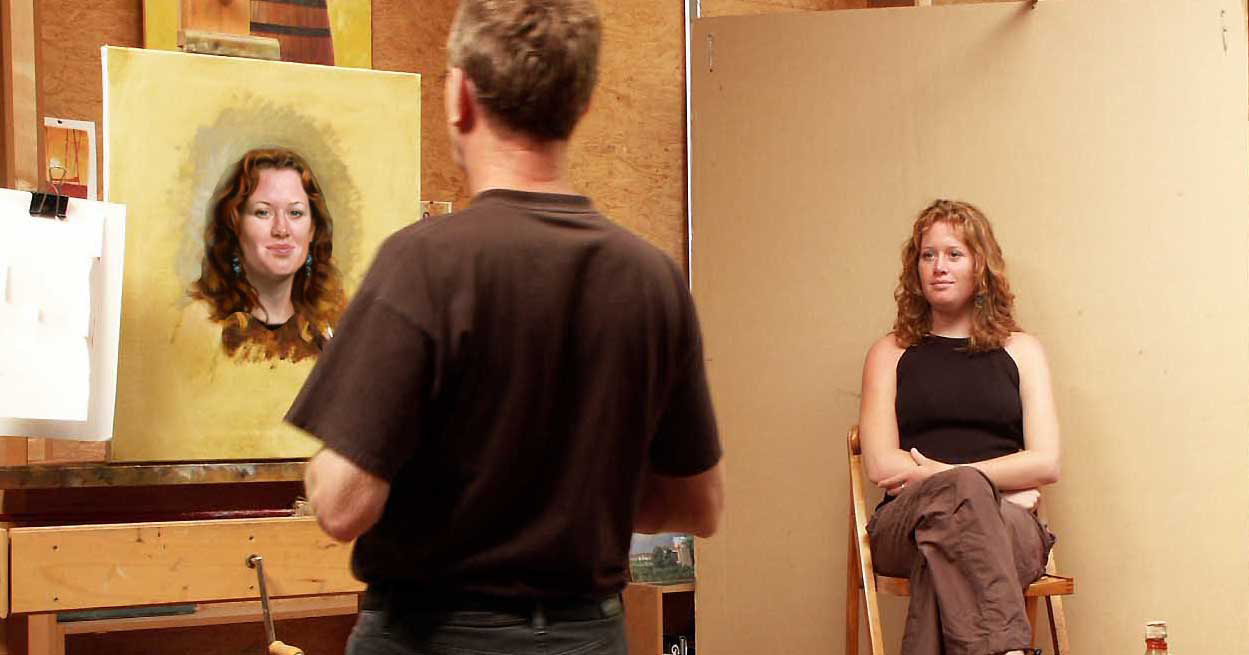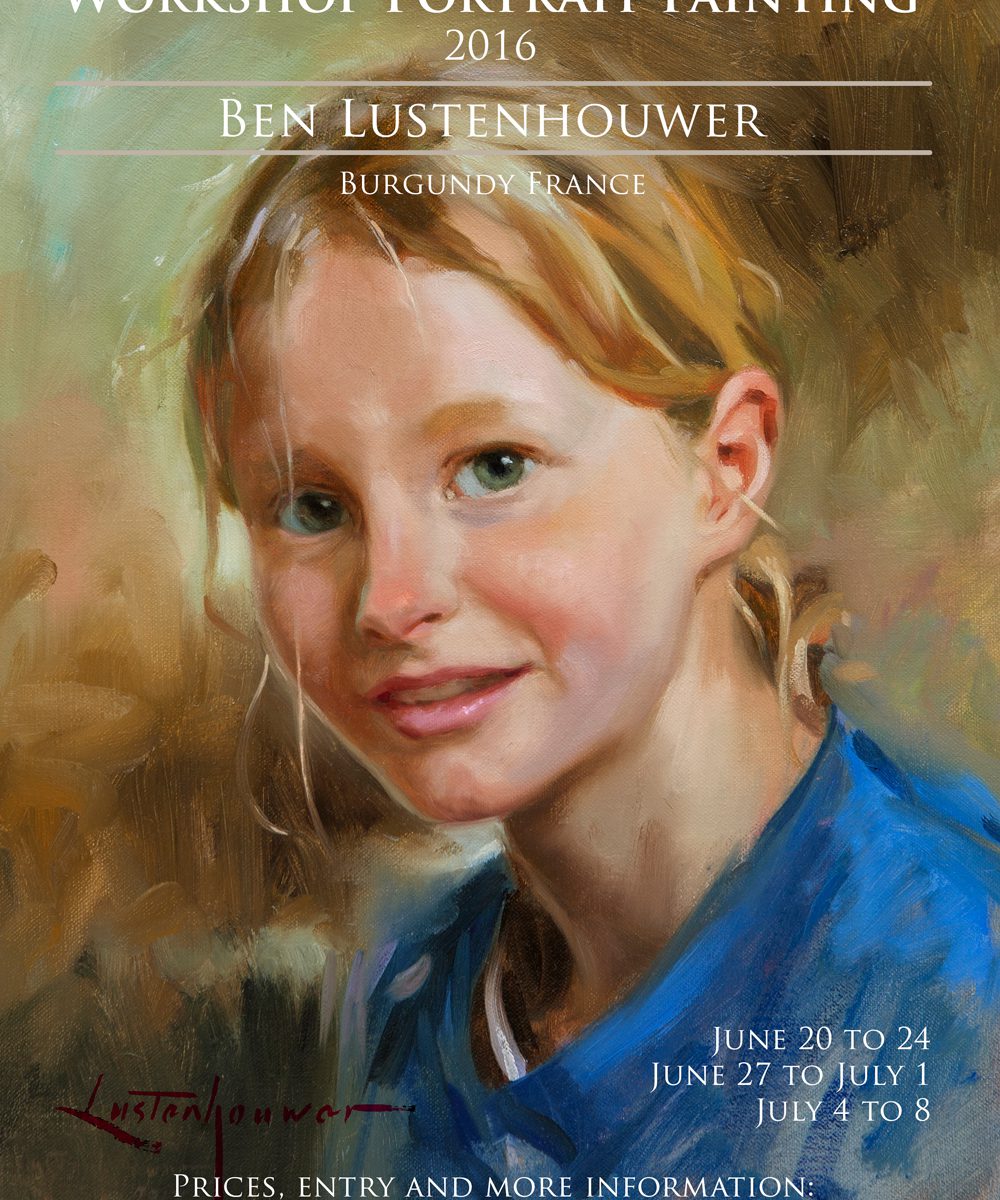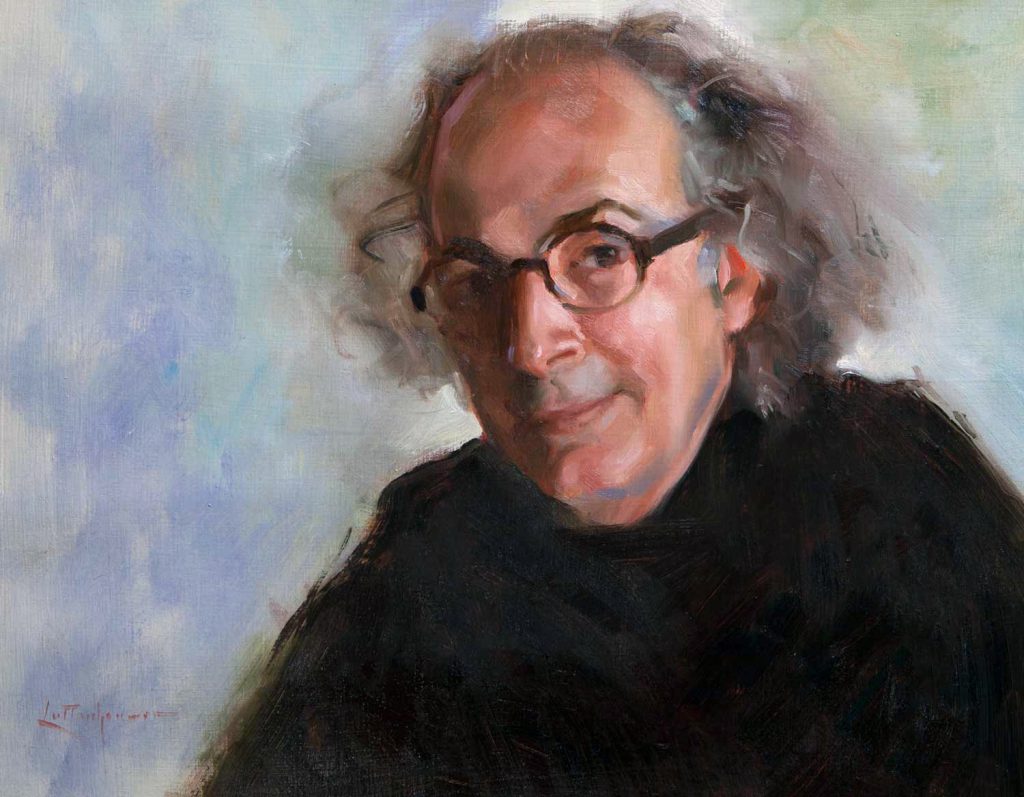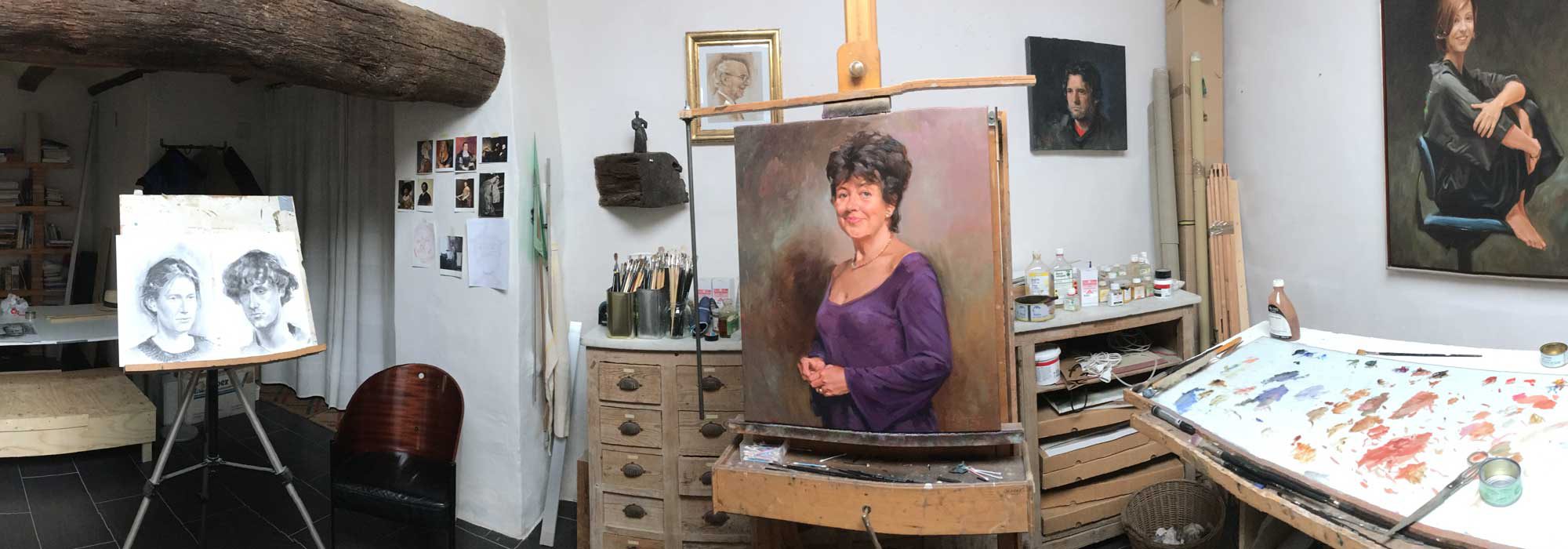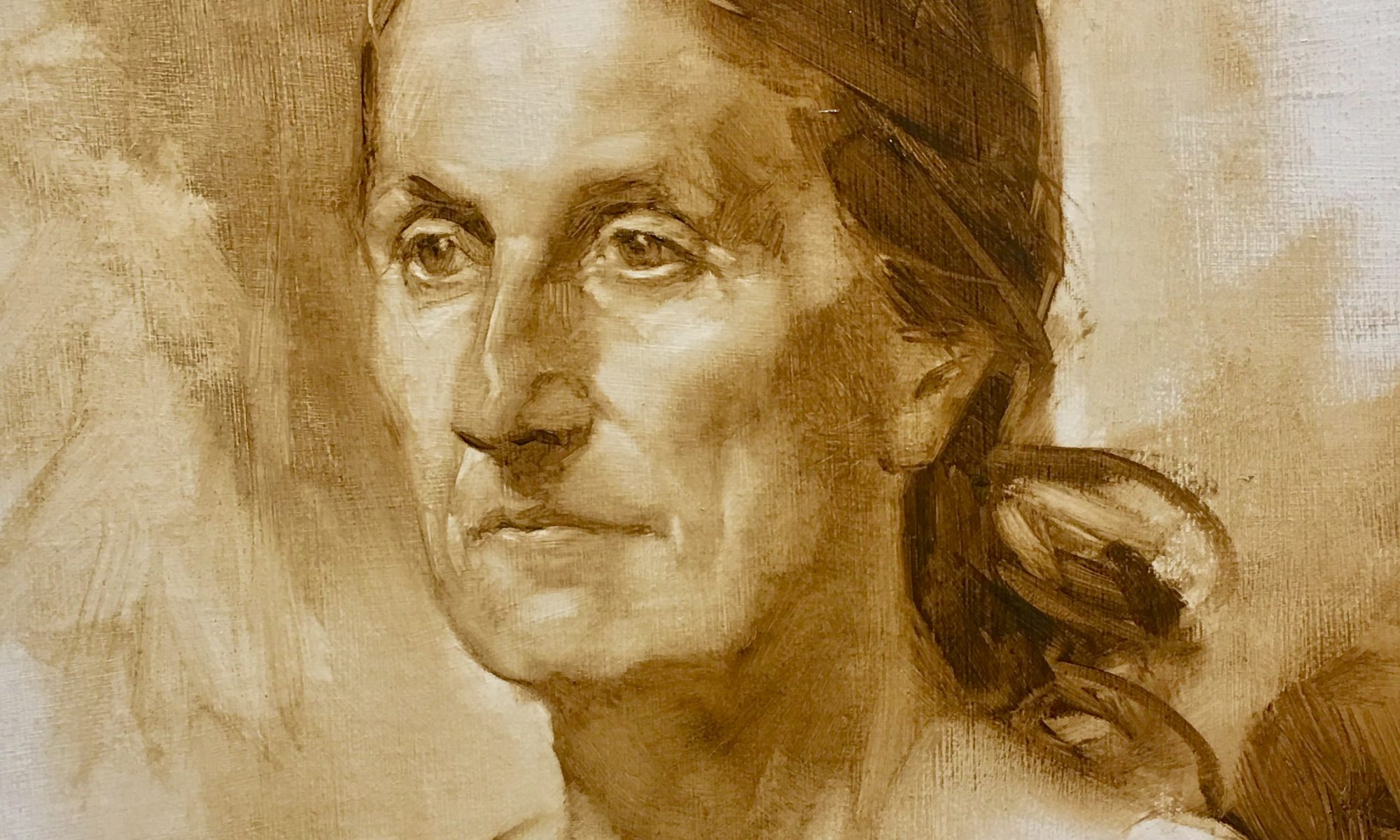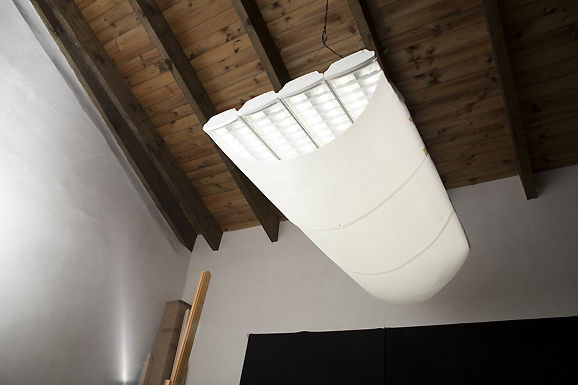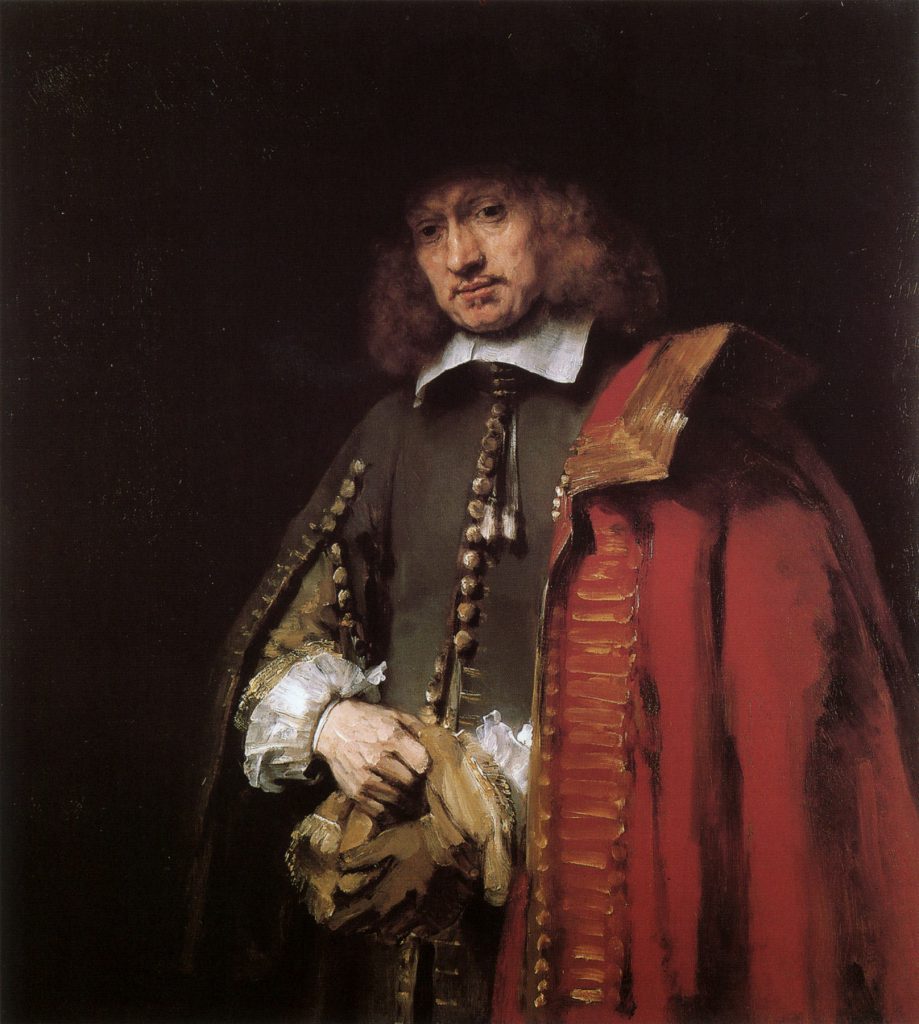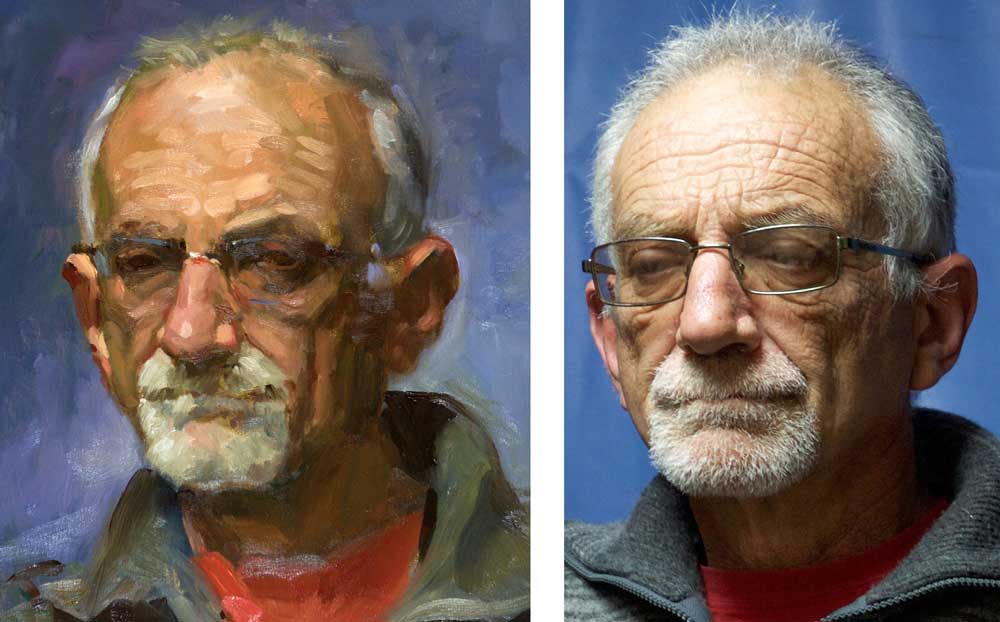To speak with Richard Schmid in his fantastic book “Alla Prima ll” and I repeat his words when it comes to commissioned portraits from photography.
Photos are often the only way we can have access to certain subjects.
Imagine: All my customers live throughout Europe. It is impossible to travel with my all painting stuff around my neck to the sitters home. Staying there for a couple of days and do the job there. Apart from the fact that clients certainly do not have the time to pose for several days. And then I’m not even talking about additional problems with portraying small children.
So there is no argument against portrait painting from photography. I say it once again loudly and clearly. And for the umpteenth time, of course, it is essential to study from observation. That is the basis of your artistic skills. But one does not exclude the other. Certainly not if it is about a commissioned portrait. The invention of photography is thus a blessing for us, portrait painters. I know this world from within and know what I’m talking about. Almost all of my colleagues use photographic reference, but many talk mysteriously about it.
Continue reading “Commissioned portraits from photography”
